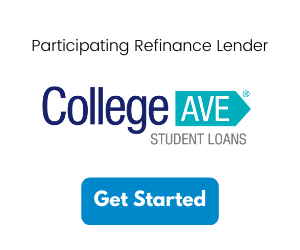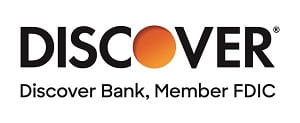Many borrowers do not fully understand the seriousness of the consequences of defaulting on federal student loans, such as Direct Subsidized and Unsubsidized Loans, PLUS Loans, and Direct Consolidation Loans. The federal government has very strong powers to compel or force repayment of defaulted federal student loans, all without a court order. These actions include:
- The U.S. Department of Education can garnish up to 15 percent of the borrower’s disposable pay without a court order. Disposable pay is the part of a borrower’s compensation that remains after subtracting any amounts required by law to be withheld.
- The U.S. Treasury can offset up to 15 percent of Social Security disability and retirement benefit payments to repay defaulted federal student loans.
- The U.S. Treasury can intercept federal and state income tax refunds to repay defaulted federal student loans.
- The U.S. Treasury may intercept some state lottery winnings.
- The U.S. Department of Education may deduct collection charges of up to 20 percent of each payment.
- The U.S. Department of Education can potentially prevent the renewal of a professional license.
- The borrower may be ineligible for FHA and VA mortgages.
- The borrower will be ineligible for further federal student aid funding.
- The borrower may be ineligible to enlist is the U.S. Armed Forces.
- The borrower will lose deferment and forbearance options.
- Student loan delinquencies and defaults are reported to the major credit bureaus, yielding negative credit reports.
The negative credit reports may make it more difficult for a defaulted borrower to qualify for other forms of consumer credit, such as credit cards, auto loans and mortgages. Defaulted borrowers may even find it more difficult to rent an apartment or get a job, as landlords and employers may check the credit history of prospective tenants and employees.
Lawsuits to Recover Defaulted Federal Student Loans
The federal government can also sue defaulted borrowers to seize assets such as bank, brokerage and retirement accounts, place liens on real estate and increase the wage garnishment amount beyond the 15% administrative wage garnishment limit. After all other attempts to collect the defaulted student loans have failed, the U.S. Department of Justice will sue to recover money from defaulted borrowers who owe more than $45,000 and who are more the four years delinquent. Borrowers who owe less than $45,000 may be sued by private attorneys working on contingency fees that are usually about a third of the amount recovered on behalf of the federal government.
Consequences of Collection Charges
As noted, defaulted borrowers are not only responsible for repaying their debts, but also for the cost of collecting defaulted federal student loans. As much as 20% of each loan payment on a defaulted federal education loan will be deducted for collection costs before the remainder of the payment is applied to the interest and principal balance of the loan.
Since less of each loan payment is applied to principal and interest, collection charges can slow the borrower’s progress in repaying the debt. A loan that would normally take 10 years to repay will take at least 14 or 15 years to repay at the same monthly payment after collection charges are deducted. But, interest continues to accrue during periods of non-payment before and after the default, increasing the amount owed. When considering the time needed to also repay the accrued but unpaid interest, the effective repayment term increases by about 3 years for each year of non-payment.
Strategic Default Backfires
Strategic default refers to borrowers who choose to default, hoping to negotiate a settlement or a loan modification.
Strategic default backfires on borrowers of federal student loans. The U.S. Department of Education almost never settles defaulted federal student loans for less than the full loan balance at the time of default. For example, one of the three standard settlement offers on defaulted federal student loans forgives half of the interest that has accrued since the default.
The U.S. Department of Education offers several alternative repayment plans for borrowers who are struggling to repay their federal student loans. These include extended repayment, income-based repayment (IBR), and pay-as-you-earn repayment (PAYE). Since the monthly payment under income-based repayment is usually less than the monthly payment under 15% wage garnishment, defaulting on a federal student loan does not reduce the debt burden. Collection charges increase the cost of a defaulted federal education loan even more.
Consequences of Defaulting on Perkins Loans
The consequences of defaulting on a Perkins Loan are similar to the consequences of defaulting on other federal education loans, but there are two key differences:
- The collection charges on Perkins Loans are higher, in part because loan balances tend to be lower. Collection costs on a first collection attempt may be up to 30 percent of the amount applied to principal, interest and late charges (i.e., up to about 23% of the total payment). Collection costs on a second collection attempt may be up to 40 percent of the amount applied to principal, interest and late charges (i.e., up to about 28.5% of the total payment). Collection costs resulting from litigation may be up to 40 percent of the amount applied to principal, interest and late charges, plus court costs.
- There is no statutory authority for garnishing the borrower’s wages administratively. Instead, the federal government may garnish the borrower’s wages after suing the borrower and getting a court judgment against the borrower.











